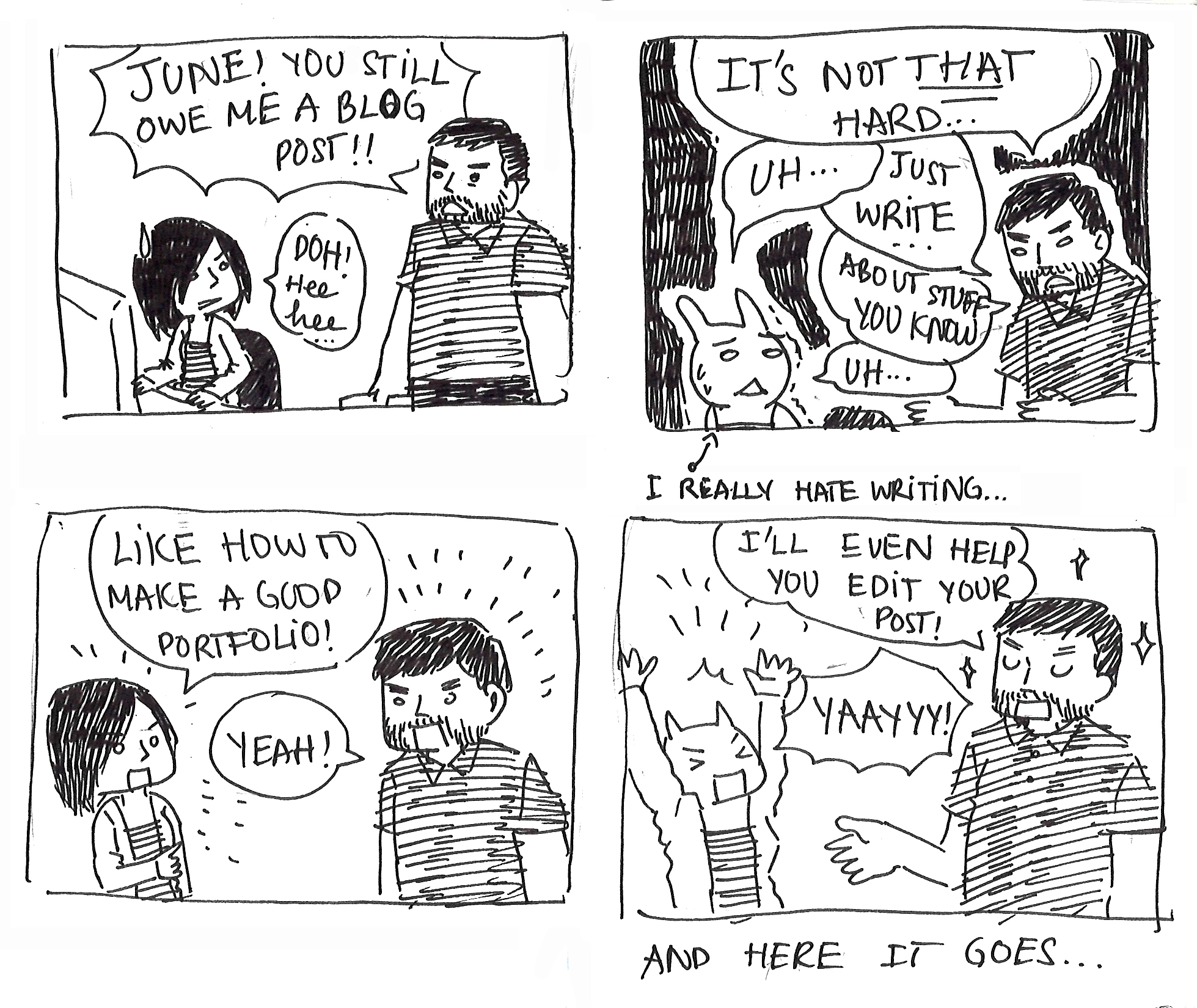
Creating a graphic design portfolio is a crucial step in helping yourself get noticed by future employers. Your portfolio is your most prized possession. Sure, your fancy art school degree and glowing recommendations can give you a boost, but if you can’t back it up with great work that showcases your abilities, you won’t get the job.
Putting together a great graphic design portfolio not only shows what you can do but also shows future employers how you think and communicate those thoughts. At the most basic level, it demonstrates your knowledge of design principles and organizational styles. Most importantly, it helps communicate your uniqueness to new employers and shows how you can help with their needs.
While the design and organization of portfolios is not universal, there are some key aspects that need to be taken into consideration when creating a graphic design portfolio.
Your portfolio is a living, breathing thing
While some of your designs will live forever, your portfolio will not if you don’t keep it updated. The more you create, the better you get. It’s good to keep your portfolio updated with recent work to be sure to communicate your current skill level, not your skills of the past.
Your portfolio should be specific
Sure, you’ve done some great web design in the past, but if your future employer only handles print design, you need to be sure to highlight your abilities in print. Don’t be afraid to show off your web design skills to let your employer know what you can bring to the table to make their work stand out or help them expand their offerings, but don’t focus so much on an aspect that isn’t their speciality that you are overlooked for a potential job.
Your portfolio should include your resumé
This is a common mistake made by new graphic designers. They assume their work stands alone and doesn’t need any additional information on where they’ve been and where they hope to go. Your resumé should include relevant work experience that would help you succeed in your new job, as well as what makes you unique from other candidates. Don’t be afraid to let employers know what you’re good at and what you could bring to the table to help further their mission.
Don’t forget to sell yourself
Think about what other creative talents you might have as well. For instance, if you’re a handy photographer or accomplished with coding, why not include examples of your shots or web designs? They’re all more strings to your creative bow.
Hopefully this gives you an idea of how to build up your graphic design portfolio. To see my portfolio, visit JunePham.com. Comment below to leave your portfolio for all of us to see!

